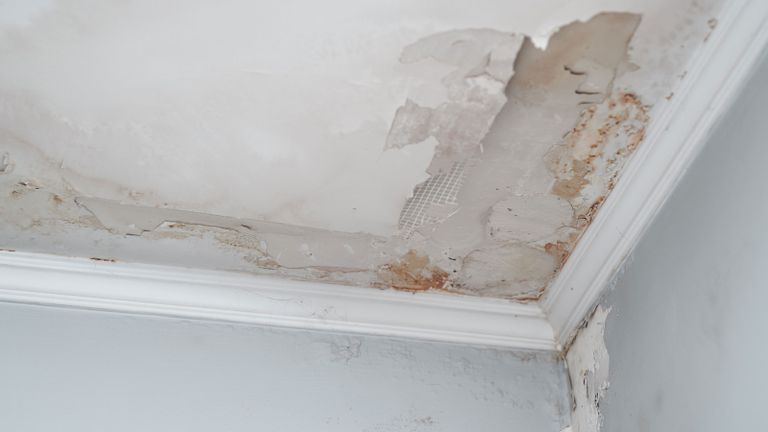6 Water Damage Restoration Do's and Don'ts.
6 Water Damage Restoration Do's and Don'ts.
Blog Article
The article author is making several great observations about Fire And Water Damage Prevention as a whole in this great article directly below.

Water provides life, water invasion on components where it's not expected to be can result in damage. Residences with water damages smell moldy and also old.
Water can come from lots of sources such as typhoons, floodings, burst pipelines, leakages, and also sewage system concerns. In case you experience water damages, it would be good to understand some safety preventative measures. Right here are a couple of standards on how to handle water damage.
Do Prioritize House Insurance Policy Coverage
Water damages from flooding dues to heavy winds is seasonal. However, you can likewise experience a sudden flood when a damaged pipeline instantly breaks into your home. It would be best to have house insurance coverage that covers both acts of God such as natural disasters, as well as emergencies like broken plumbing.
Do Not Neglect to Shut Off Energies
In the event of a disaster, especially if you stay in a flood-prone area, it would be recommended to switch off the primary electric circuit. This removes power to your whole home, preventing electrical shocks when water comes in as it is a conductor. Don't neglect to turn off the major water line shutoff. When floodwaters are high, furniture will certainly move as well as trigger damage. Having the major valve turned off avoids additional damages.
Do Remain Proactive and also Heed Weather Notifies
Tornado floods can be really uncertain. If there is a background of flooding in your neighborhood, remain prepared and also aggressive. Listen to evacuation warnings if you live near a lake, creek, or river . Secure belongings from the very beginning and cellar, after that placed them on the greatest possible degree. Doing so minimizes prospective residential or commercial property damage.
Do Not Overlook the Roof
You can prevent rainfall damages if there are no openings as well as leakages in your roofing. This will prevent water from moving down your walls and also soaking your ceiling.
Do Take Notice Of Tiny Leaks
A ruptured pipeline does not take place overnight. Generally, there are red flags that indicate you have compromised pipelines in your home. You may see gurgling paint, peeling off wallpaper, water streaks, water stains, or dripping audios behind the walls. Ultimately, this pipe will certainly burst. Ideally, you need to not await points to intensify. Have your plumbing fixed before it leads to substantial damages.
Do Not Panic in Case of a Ruptured Pipe
Maintaining your clearheadedness is vital in a time of dilemma. Because it will certainly stifle you from acting quickly, stressing will only intensify the trouble. When it pertains to water damages, timing is key. The longer you wait, the more damages you can anticipate. Hence, if a pipe bursts in your residence, quickly shut down your main water valve to remove the resource. Disconnect all electric outlets in the area or transform off the circuit breaker for that component of the residence. Call a trusted water damages remediation expert for aid.
Water provides life, water invasion on parts where it's not supposed to be can result in damages. Residences with water damages scent moldy and old.
Water damage from flooding dues to hefty winds is seasonal. You might discover bubbling paint, peeling wallpaper, water streaks, water discolorations, or leaking sounds behind the walls. When it comes to water damage, timing is essential.
Some Do's & Don't When Dealing with a Water Damage
DO:
Make sure the water source has been eliminated. Contact a plumber if needed. Turn off circuit breakers supplying electricity to wet areas and unplug any electronics that are on wet carpet or surfaces Remove small furniture items Remove as much excess water as possible by mopping or blotting; Use WHITE towels to blot wet carpeting Wipe water from wooden furniture after removing anything on it Remove and prop up wet upholstery cushions for even drying (check for any bleeding) Pin up curtains or furniture skirts if needed Place aluminum foil, saucers or wood blocks between furniture legs and wet carpet Turn on air conditioning for maximum drying in winter and open windows in the summer Open any drawers and cabinets affected for complete drying but do not force them open Remove any valuable art objects or paintings to a safe, dry place Open any suitcases or luggage that may have been affected to dry, preferably in sunlight Hang any fur or leather goods to dry at room temperature Punch small holes in sagging ceilings to relieve trapped water (don't forget to place pans beneath!); however, if the ceiling is sagging extremely low, stay out of the room and we'll take care of it DO NOT:
Leave wet fabrics in place; dry them as soon as possible Leave books, magazines or any other colored items on wet carpets or floor Use your household vacuum to remove water Use TV's or other electronics/appliances while standing on wet carpets or floors; especially not on wet concrete floors Turn on ceiling fixtures if the ceiling is wet Turn your heat up, unless instructed otherwise

I have been very involved in Reducing Your Risk Of Water And Fire Damage At Home and I'm hoping you liked the new piece. I beg you set aside a second to promote this article if you appreciated it. I am grateful for your time. Visit us again soon.
Report this page